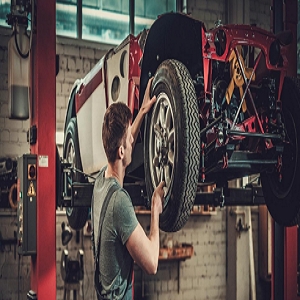Tristate Classic Car Restoration: Tips And Budget For Restoring An Old VehiclePosted by James Carter on May 23rd, 2024  Where others see an old and rusty vehicle, you see a gem with great potential. You love looking through classic car catalogs and dream of buying an abandoned Mustang in a garage and giving it a second life. Stop dreaming: Tristate classic car restorationcan become a reality. If you want to know about classic car restorations, keep reading. Tristate classic car restoration: the starting point Starting a complete car restoration project is one of the most beautiful projects: turning a piece of junk into a work of art will make your vehicle feel extraordinary, and you will want to show it off wherever you go. When you buy an old car, you should check its condition meticulously to see if it is worth the purchase. The price will depend on the condition, but the cheaper it is, the more you will have to invest in the restoration, so you have to think about the budget, including both things. Thus, there are five types of cars for classic car restorations according to their condition:
The starting point of classic car restorations will mark the project: depending on the condition of the car, you will need to buy more or fewer parts but to know before starting, you must have a plan. The most common approach is to look for a car that is in working order but requires work. That is, it is not missing many pieces, although it does require a lot of labor. Define your plan very well: make a budget. A Tristate classic car restoration is a rewarding job, but it is also complicated and frustrating. Therefore, the better planned you have the project, the easier it will be to carry it out.
The first decision should be whether you want the car registered as a historic vehicle. If yes, you must respect these criteria:
Have you ever restored a classic car? If not, call Tristate classic car restoration! Like it? Share it!More by this author |


